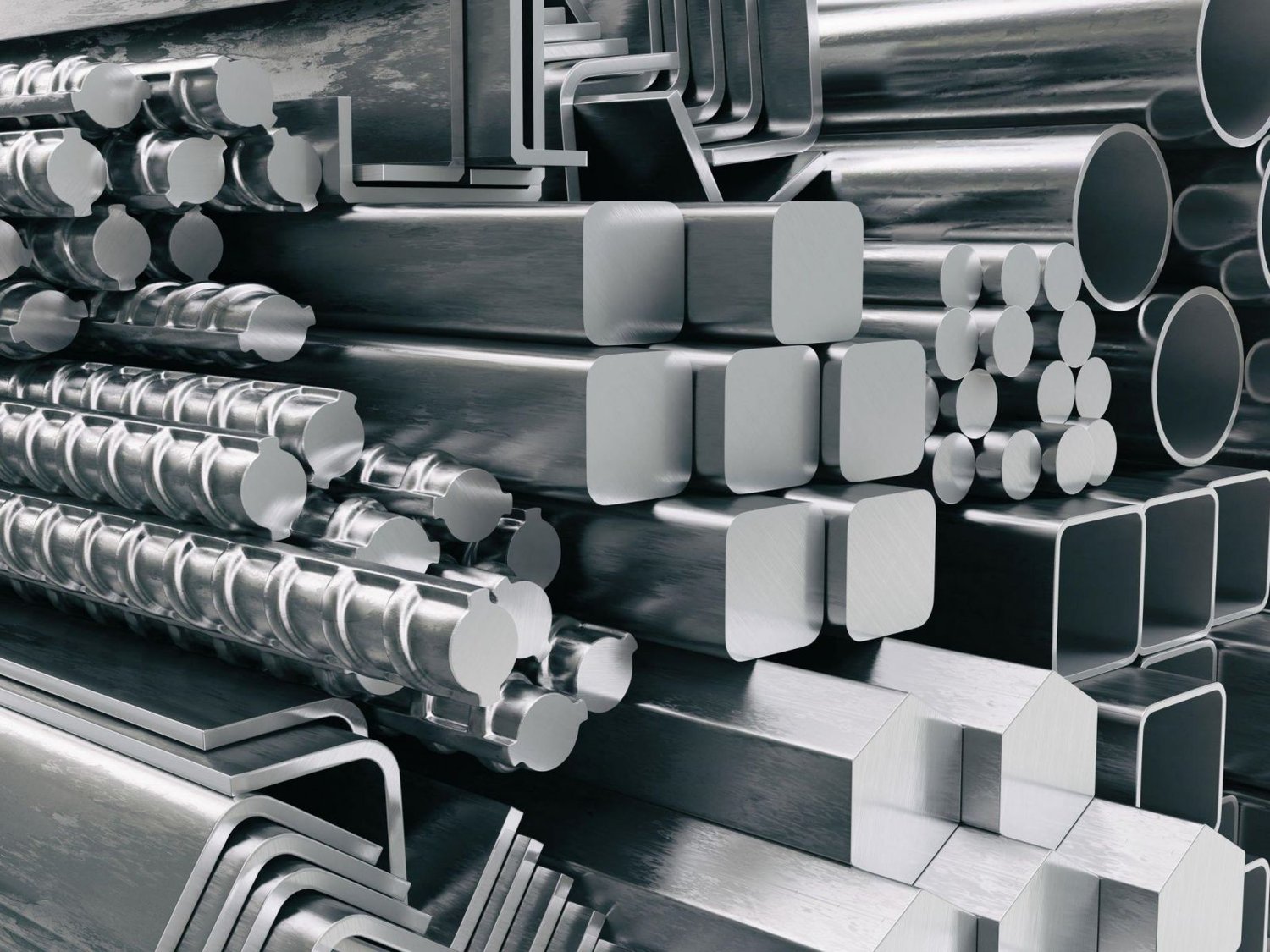Table of Contents

The Importance of Titanium in Manufacturing
Titanium is a versatile and highly sought-after material in various industries, including aerospace, automotive, and medical. Its exceptional strength, low density, and corrosion resistance make it a preferred choice for many applications. However, the manufacturing process for titanium requires careful consideration to ensure optimal quality and efficiency. In this article, we will explore the best manufacturing processes for titanium and their advantages.
Casting: A Traditional Approach
Casting is one of the oldest and most widely used manufacturing processes for titanium. It involves pouring molten titanium into a mold and allowing it to cool and solidify. This method can produce complex shapes and is cost-effective for large-scale production. However, it may result in porosity and reduced mechanical properties. Advanced techniques such as vacuum casting and investment casting have been developed to overcome these limitations.
Forging: Enhancing Strength
Forging is a manufacturing process that involves shaping titanium by applying compressive forces. It is particularly suitable for producing strong and durable components. Through the forging process, the grain structure of the titanium is refined, resulting in improved mechanical properties. This method is commonly used for manufacturing aircraft parts and high-performance sports equipment.
Extrusion: Achieving Precision
Extrusion is a process that involves forcing titanium through a die to produce complex shapes with a consistent cross-section. It is widely used for manufacturing tubes, rods, and profiles. Extrusion offers excellent dimensional control and surface finish, making it ideal for applications that require precise tolerances. Additionally, this process allows for the creation of continuous lengths of titanium, reducing the need for joining multiple pieces.
Sheet Metal Forming: Versatility in Manufacturing
Sheet metal forming is a versatile manufacturing process that involves shaping titanium sheets using various techniques, such as bending, deep drawing, and stamping. These methods allow for the production of intricate and lightweight components with excellent dimensional accuracy. Sheet metal forming is commonly employed in the automotive and aerospace industries due to its flexibility and cost-effectiveness.
Machining: Precision and Finishing Touches
Machining is a subtractive manufacturing process that involves the removal of material from a titanium workpiece using cutting tools. This process is used to shape, drill, and finish titanium components with high precision. Machining offers excellent surface finish and dimensional accuracy, making it suitable for producing intricate parts that require tight tolerances. However, it can be time-consuming and may result in material waste.
Laser Cutting: Precision with Minimal Distortion
Laser cutting is a non-contact manufacturing process that utilizes a high-powered laser beam to cut through titanium sheets or plates. It offers precise cutting with minimal distortion and is particularly suitable for complex shapes and fine details. Laser cutting is commonly used in industries where accuracy and speed are crucial, such as aerospace and defense.
Joining: Bringing Components Together
Joining is an essential part of the manufacturing process for titanium, as it allows for the assembly of various components. Common joining techniques for titanium include welding, brazing, and adhesive bonding. Each method has its advantages and limitations, depending on the specific application requirements. Welding, for example, offers high strength but may introduce heat-affected zones, while adhesive bonding provides excellent aesthetics but may have lower mechanical strength.
Additive Manufacturing: The Future of Titanium Production
Additive manufacturing, also known as 3D printing, is revolutionizing the manufacturing process for titanium. It involves the layer-by-layer deposition of titanium powder using advanced printing techniques. Additive manufacturing offers unparalleled design freedom, allowing for the creation of complex geometries and lightweight structures. It also minimizes material waste and reduces lead times. However, the high cost of equipment and limited production scale currently restrict its widespread adoption.
Surface Treatment: Enhancing Performance
Surface treatment is an important aspect of titanium manufacturing, as it can significantly enhance the performance and durability of titanium components. Processes such as anodizing, passivation, and chemical etching can improve corrosion resistance, wear resistance, and aesthetic appearance. These treatments can be applied to various manufactured titanium products, including medical implants, sporting goods, and automotive parts.
